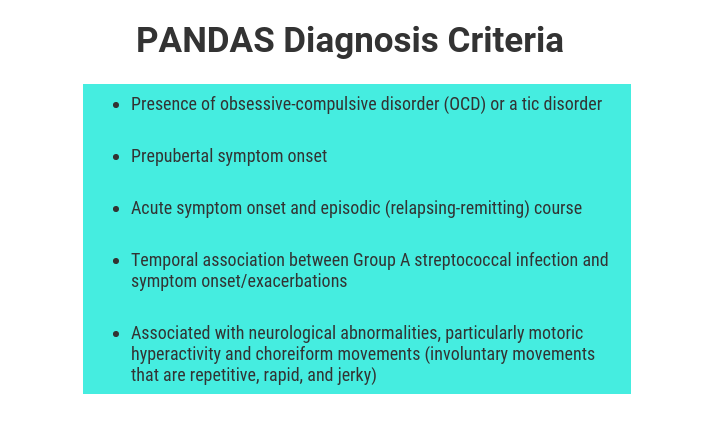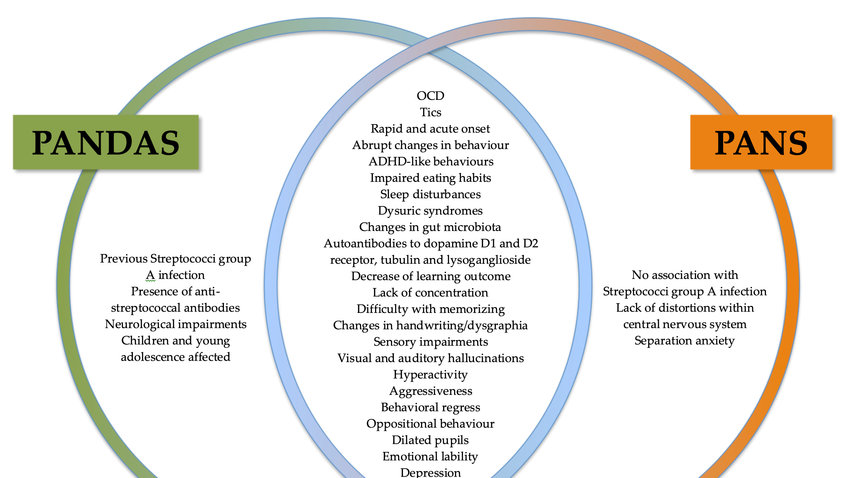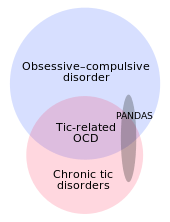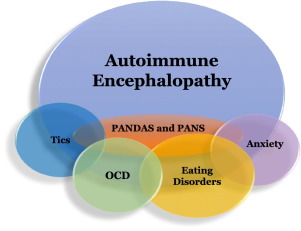Do you know someone who is obsessive-compulsive? Do they have a lot of rituals that they perform each day? If so, there is a good chance that they are suffering from pandas’ symptoms. In this blog post, we will be discussing all aspects of pandas’ symptoms- what it is, how it affects people, and what you can do if you think you or someone you know might be suffering from it.
Contents
Understanding PANDA
PANDAS is an acronym for “pediatric autoimmune neuropsychiatric disorders associated with streptococcal infections.” The condition is a form of obsessive-compulsive disorder (OCD) that occurs in children following a strep infection.
PANDAS is categorized as a form of OCD because it is characterized by obsessions and compulsions. However, the content of the obsessions and compulsions is often related to fears of contracting an illness or being contaminated.
NOTE: A strep infection is caused by bacteria from the Streptococcus group. The most common type of strep infection is strep throat, which usually affects school-age children and teens. Other types of strep infections include impetigo, scarlet fever, and pneumonia.
Degrees of PANDA
PANDAS can range from mild to severe.
- In mild cases, a child may only have obsessions about germs and contamination.
- In severe cases, a child may have full-blown OCD with elaborate rituals and compulsions related to fears of illness.
Types of PANDA
There are three types of PANDA:
- PANDAS: This is the most common form. It is characterized by sudden onset of symptoms, typically after a strep throat infection.
- PANS: PANS stands for “pediatric acute-onset neuropsychiatric syndrome.” It is similar to PANDAS, but there is no known trigger.
- CANS: CANS is “chronic autoimmune neuropsychiatric syndrome.” It is the most severe form and can be triggered by any type of infection, not just strep throat.
Is It Treatable?
PANDAS is treatable. The first step is to treat the underlying strep infection with antibiotics. If the symptoms are severe, your child may also need to be treated with steroids or other medications.
Recognizing Pandas Symptoms

The most common symptoms of PANDAS are:
- Anxiety
- Aggression
- Depression
- Behavioral problems
- Sensory sensitivities
- Tics (uncontrollable movements or sounds)
- Sudden onset of OCD (obsessive-compulsive disorder)
Not all children with PANDAS will have all of the symptoms. The severity of the symptoms can also vary. Some children may only have a few mild symptoms, while others may have more severe symptoms that interfere with their daily life.
Obsessions Involved In Pandas Symptoms
Obsessions are repetitive, unwanted thoughts, impulses, or images that are intrusive and cause distress.
The obsessions seen in PANDAS are the same as those seen in other forms of OCD. However, the content of the obsessions is often related to fears of contracting an illness or being contaminated.
Compulsions Under Pandas Symptoms
Compulsions are repetitive behaviors or mental rituals that a person feels compelled to do to relieve anxiety.
The compulsions seen in PANDAS are often related to the child’s fears of illness or contamination. For example, a child may feel the need to wash their hands repeatedly or avoid touching door handles.
Making Differential Diagnosis Between PANS And PANDAS

Differential diagnosis is the process of distinguishing one condition from another.
PANS and PANDAS are both disorders that can cause sudden onset of OCD and other neuropsychiatric symptoms in children. However, some key differences can help with making a differential diagnosis.
AGE: PANS typically occurs in children between the ages of three and twelve, while PANDAS most often affects children between the ages of five and ten.
TIMELINE: The symptoms of PANS tend to come on gradually for weeks or months. In contrast, the symptoms of PANDAS usually develop suddenly, within a few days or weeks of a strep infection.
SYMPTOMS: Both PANS and PANDAS can cause OCD, anxiety, depression, behavioral problems, and tics. However, children with PANDAS are more likely to have sensory sensitivities and sudden onset of symptoms.
CAUSE: The cause of PANS is unknown, while PANDAS is thought to be caused by an autoimmune reaction to a strep infection. The body’s immune system attacks the strep bacteria, but it also mistakenly attacks healthy brain tissue. This can cause inflammation in the brain, which can lead to the symptoms of PANDAS.
Predicting Repercussions of PANDAS Symptoms

The long-term effects of PANDAS are not yet known. However, it is important to seek treatment as soon as possible to minimize the impact of the condition on your child’s life.
Personal Life
The symptoms of PANDAS can have a significant impact on your child’s personal life. The obsessions and compulsions can be time-consuming and disruptive. Additionally, anxiety and depression can make it difficult for your child to enjoy activities that they used to enjoy.
Professional Life
PANDAS can also impact your child’s professional life. The symptoms can interfere with school or work and may make it difficult to complete tasks or meet deadlines.
Social Life
The social effects of PANDAS can be significant. The anxiety and depression can make it difficult for your child to interact with others. Additionally, the obsessions and compulsions can be embarrassing and make it difficult to participate in social activities.
Conclusion
PANDAS is a serious condition that can have a significant impact on your child’s life. It is important to seek treatment as soon as possible to minimize the effects of the condition. Early diagnosis and treatment are key to preventing long-term complications. If you’re searching for an affordable, convenient, and effective treatment for PANDA, consider Mantra Care.
If you are looking for affordable Online OCD Counseling MantraCare can help: Book a trial OCD therapy session


